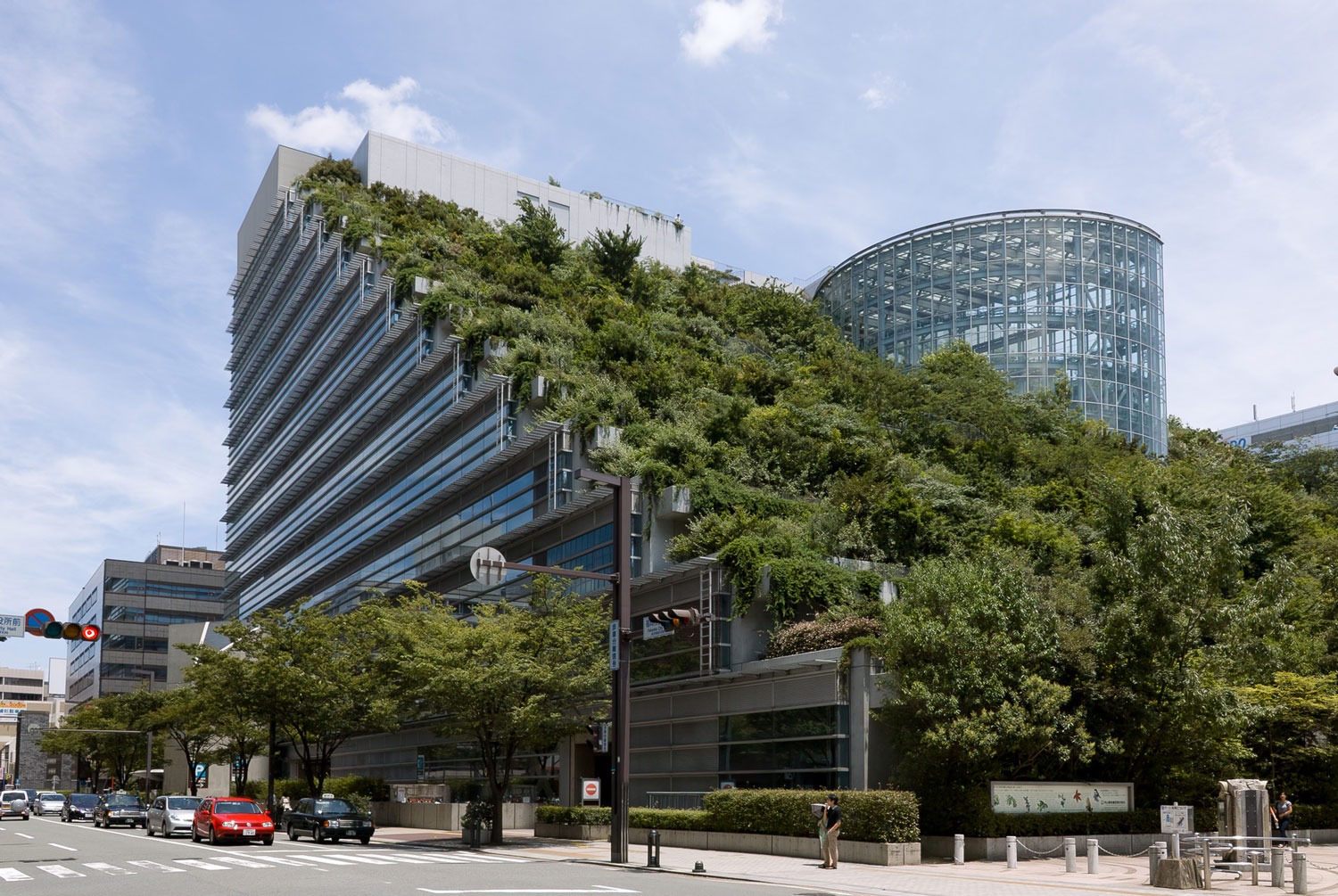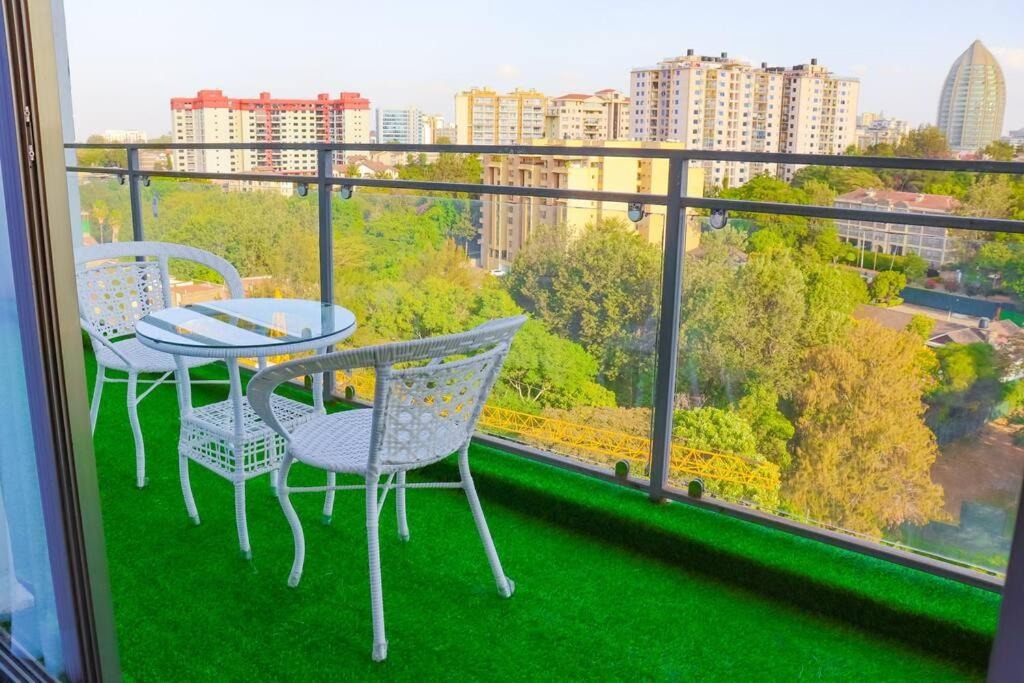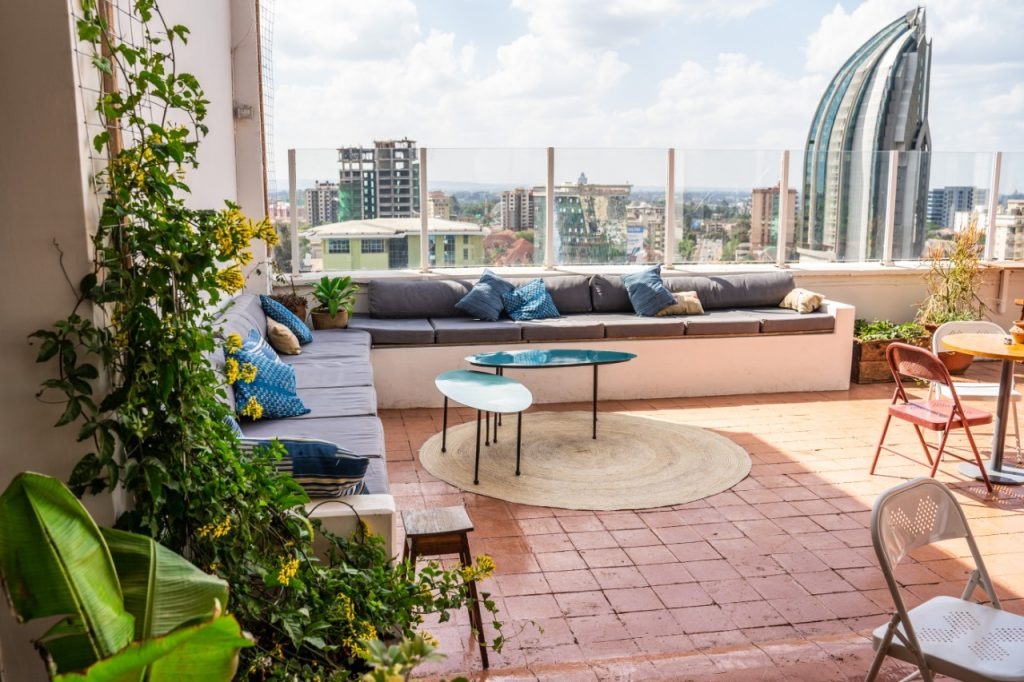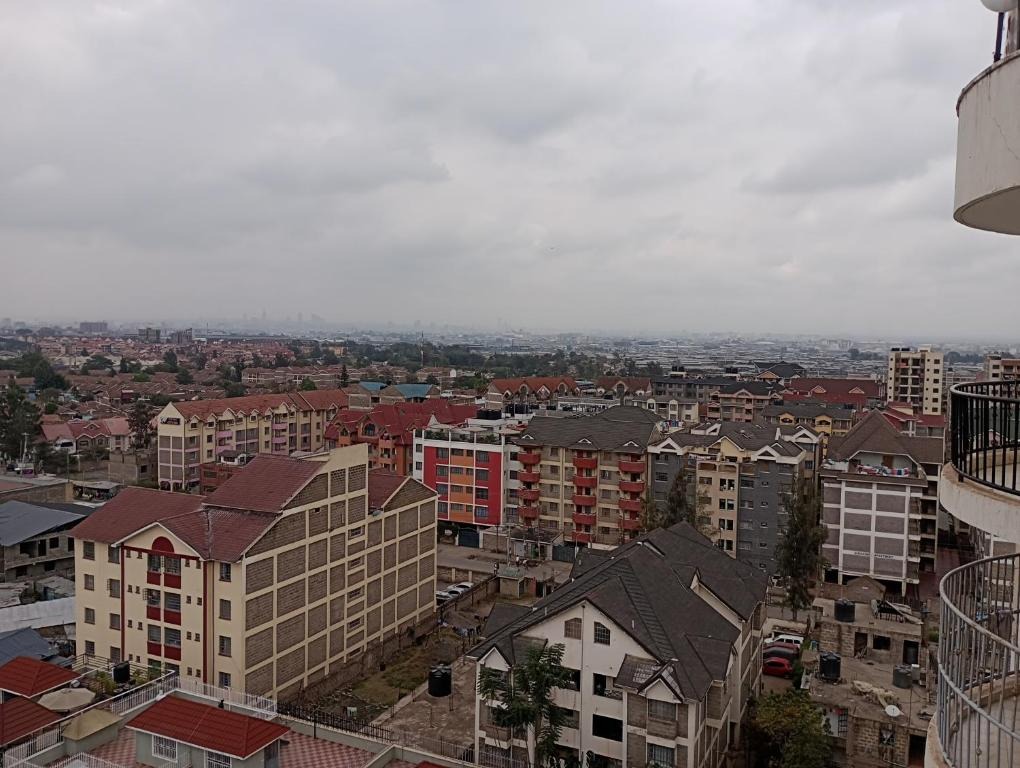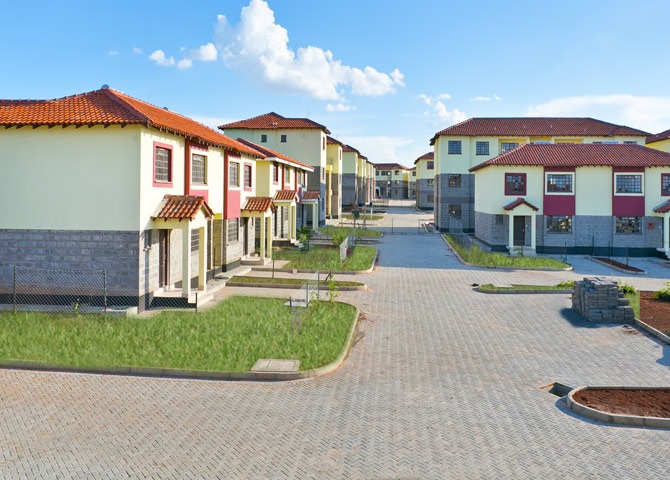Embracing Eco-Friendly Materials and Techniques
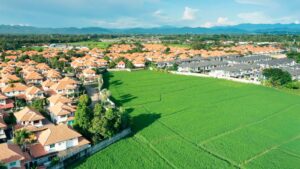
In the face of climate change and environmental degradation, the importance of sustainable and eco-friendly practices has become increasingly evident. As a result, the construction industry in Kenya has started adopting green architecture principles to minimize its impact on the environment. Green architecture, also known as sustainable architecture or eco-design, focuses on using materials and techniques that are environmentally friendly and resource-efficient.
One of the key aspects of green architecture is the use of eco-friendly materials. Traditional construction materials such as concrete and steel can have a significant carbon footprint due to their production processes. In contrast, eco-friendly materials like bamboo, timber, and recycled materials are renewable and have a lower impact on the environment. These materials not only reduce carbon emissions but also promote sustainable forest management and waste reduction.
In addition to using eco-friendly materials, green architecture also emphasizes energy-efficient techniques. For instance, buildings can be designed to maximize natural light and ventilation, reducing the need for artificial lighting and air conditioning. This not only saves energy but also creates a more pleasant and comfortable living or working environment. Furthermore, green buildings often incorporate rainwater harvesting systems and greywater recycling, reducing water consumption and promoting sustainable water management.
Impact of Green Architecture on Energy Efficiency
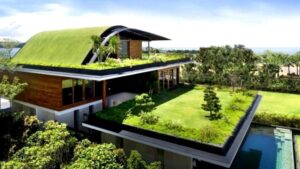
One of the significant advantages of green architecture is its contribution to energy efficiency. Buildings are one of the largest consumers of energy, accounting for a significant portion of greenhouse gas emissions. However, by implementing green design principles, the construction industry in Kenya can reduce energy consumption and promote a more sustainable future.
One of the ways green architecture improves energy efficiency is through effective insulation. Proper insulation reduces heat transfer, keeping buildings cool in hot weather and warm during colder months. Consequently, less energy is required to maintain comfortable indoor temperatures, leading to lower electricity bills and reduced carbon emissions. Additionally, green buildings often incorporate energy-efficient appliances and lighting systems, further reducing energy consumption.
Renewable energy sources also play a vital role in green architecture. Solar panels, for example, can be installed on rooftops to harness the abundant sunlight in Kenya and generate clean and sustainable electricity. With the decreasing costs of solar panels and government incentives promoting renewable energy, more and more buildings in Kenya are incorporating solar power into their designs. This not only reduces reliance on traditional energy sources but also contributes to a greener and more sustainable energy grid.
Challenges and Opportunities for Green Design in Kenya

While green architecture presents numerous benefits, it also faces challenges and opportunities unique to the Kenyan context. One of the challenges is the lack of awareness and understanding of green design principles among both professionals and the general public. Many people remain unaware of the potential environmental and economic benefits of green buildings. Educating architects, engineers, and the public about the advantages of green architecture is crucial to its widespread adoption.
Another challenge is the availability of eco-friendly materials and technologies in Kenya. While some materials like bamboo are widely available, others may need to be imported, increasing costs and carbon emissions associated with transportation. However, this challenge also presents an opportunity for local industries to develop and manufacture eco-friendly materials and technologies. By investing in research and development, Kenya can capitalize on the growing demand for green construction materials and create new job opportunities.
Government support is essential for the widespread adoption of green architecture in Kenya. The government can provide incentives, such as tax breaks and grants, to encourage builders and developers to incorporate green design principles in their projects. Additionally, the government can also introduce stricter building codes that prioritize energy efficiency and sustainability. By implementing policies and regulations that promote green architecture, Kenya can foster a culture of sustainability in its construction industry.
Embracing green architecture is not just about constructing buildings; it is about building a sustainable future for Kenya. By incorporating eco-friendly materials and techniques, green buildings can reduce carbon emissions, conserve natural resources, and lower energy consumption. The impact of green architecture goes beyond environmental benefits. It also leads to cost savings, improved health and well-being, and a more resilient and sustainable built environment.
To learn more about the benefits of green architecture and sustainable development, visit our website Realty Boris. Together, let’s shape a greener and more sustainable future for Kenya through the power of green architecture.

